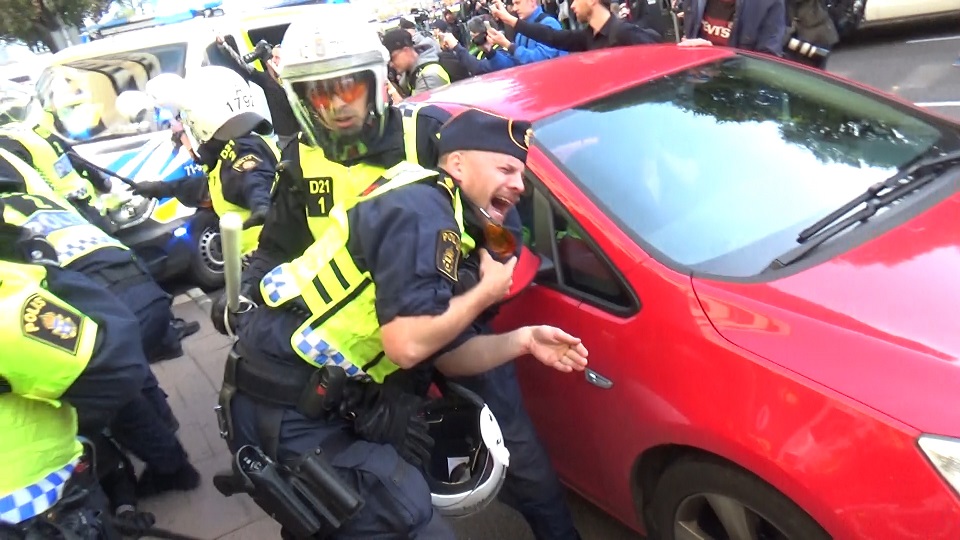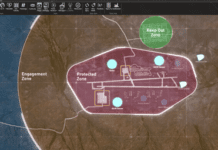This post is also available in:
 עברית (Hebrew)
עברית (Hebrew)
Thanks to new machine-learning tools, researchers and police departments can use behavioral data to find the earliest signs an officer may be flouting policy or at risk of shooting an unarmed civilian.
To build the algorithms that may one day be able to create a sort of “risk score” for police, researchers are using familiar tools: data from police body cameras and squad cars, and the internal reports usually kept locked in police departments away from researchers, including information on officer suspensions and civilian complaints.
Body cameras manufacturer Axon has recently announced its Performance tool, which is seemingly targeted at the long line of high-profile body-camera failures. The tool is a dashboard that quantifies how often officers turn their cameras on during calls and whether they categorize videos correctly.
Axon’s announcement came just a day after a jury convicted the Minneapolis police officer Mohamed Noor of shooting and killing an unarmed civilian. The case is among the most high-profile incidents of police violence that involved body-camera failure. While both Noor and his partner wore body cameras the night Damond was shot, neither was turned on to record the shooting.
Lauren Haynes, the former associate director of the Center for Data Science and Public Policy at the University of Chicago, helped design a statistical model to predict when officers may become involved in an “adverse event,” anything from a routine complaint up to an officer-involved shooting. The project didn’t use the kind of body-camera data that Axon’s new tool works with, but she says they’re “absolutely something that could be put into the model.”
The team found that a number of stressors were related to those adverse events, including whether officers worked a second job, whether they took too many sick days, and whether they’d recently responded to a domestic-violence incident or a suicide. Officers were more likely to be involved in an adverse event if they were sent into neighborhoods far from their usual beat, according to defenseone.com.


























